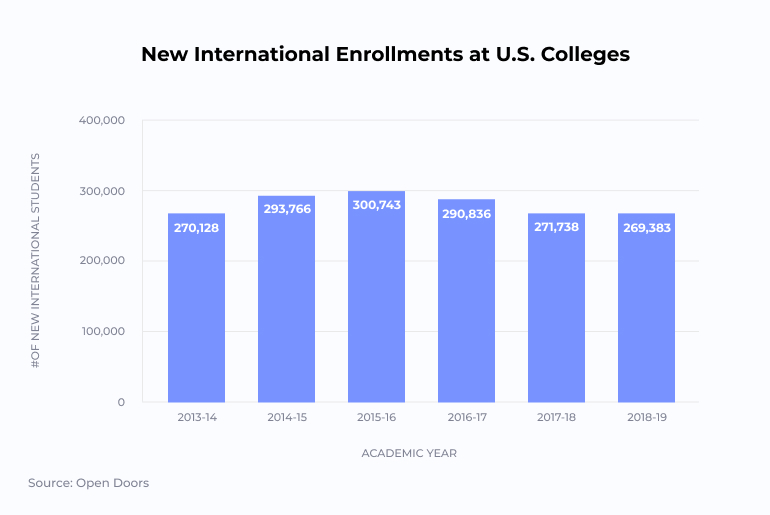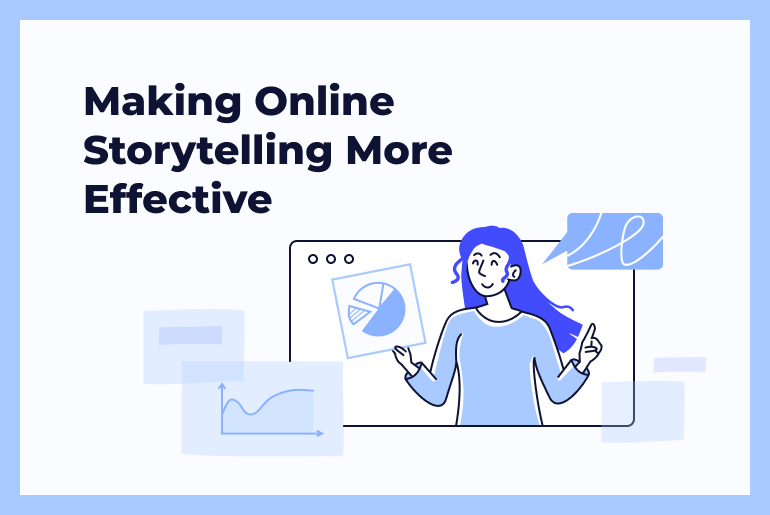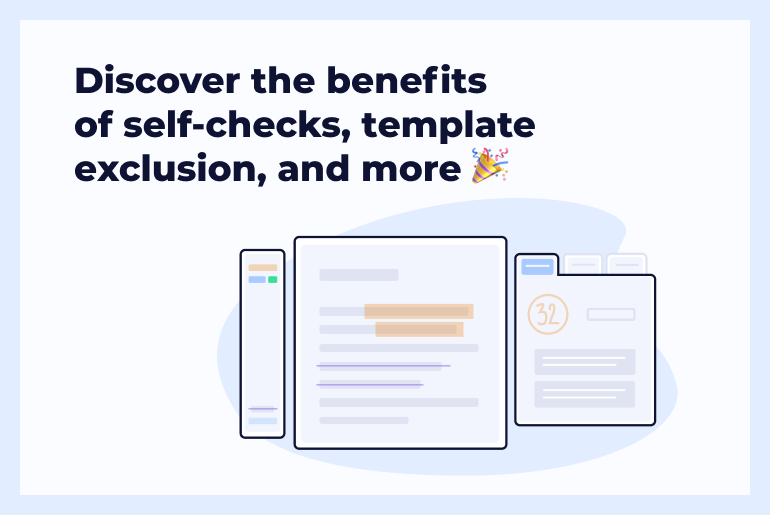Science, medicine, education, and culture form the backbone of every nation and state. As fractures occur here or there, we must be prepared to struggle and fix them.
The issues with higher education enrollment and traditional vs. online education are resurfacing. The current reality has unveiled all the malfunctions that somehow worked in face-to-face classes, and they have now transformed into enormous roadblocks after institutions have switched to online learning.
Today, students are showing less trust in education, and this hasn’t happened overnight, of course. Most of them are searching for online education, but they are not as much interested in obtaining online degrees.
To give you a fresh perspective on what academic institutions should do in the first place, and how they can adapt to the changing times, we’ve reached out to Dr. Joe Sallustio, Chief Operating Officer and Executive Vice President at Claremont Lincoln University, strategic and visionary higher ed leader.
He has been within the education industry for about two decades, focusing largely on enrollments, finance, marketing, student affairs, admissions, product strategy, and more. The vast list of Joe’s expertise fascinates. You can find there anything from Process Redesign & Improvement to Strategic C-Level Planning.
All our further statements will be mixed with Joe’s comments to provide an unbiased opinion. Let’s get straight to the point.
Understanding the problem
If you Google projections made for higher education enrollment in 2017, you will find some promising figures. Statista foresaw a steady rise in college enrollment rates for public and private institutions from 2017 all the way up to 2029. The National Center for Education Statistics was just as positive about the future.
But in December 2019, the media brought up an alarming message. The National Student Clearinghouse Research Center recorded a 1.3% decline in the US postsecondary fall enrollments (a 2 million drop in students compared to the 2011 peak). This was followed by another message saying that the downward slide continued; Iowa’s universities and colleges predicted a nearly 7% downfall starting from 2024.
This is how Inside Higher Ed depicted the state of things with international student enrollment:
 As for the UK, the 2nd top destination for international students, the enrollment numbers remained unchanged between 2012 and 2017, while Canada and Australia have attracted more students thanks to less strict admissions. They have also extended the time allowed for international students to work upon graduation from higher education institutions.
As for the UK, the 2nd top destination for international students, the enrollment numbers remained unchanged between 2012 and 2017, while Canada and Australia have attracted more students thanks to less strict admissions. They have also extended the time allowed for international students to work upon graduation from higher education institutions.
So, what is causing enrollment decline? Overall, it boils down to these reasons:
- Improving economies and lower unemployment rates: since more students can find jobs, they choose to skip college/university and head to work.
- Changing demographics: lower birth rates and a fertility crisis have caused high school graduations to stagnate.
- Cutting state budgets and rising tuition costs: not having state support results in the increasing tuitions with grants and scholarships failing to keep pace.
Joe tells why enrollment rates have been steadily falling:
The trust decline in higher education has been happening for years. There are a few factors that have contributed to the perceived lack of value provided by traditional higher education institutions. First, the air of elitism that some institutions attempt to maintain as a factor of differentiation are increasingly being perceived as such—and average Americans, who once held these institutions in such high regard, are opening their eyes to different models that include more economical cost structures with high-quality education still being an output of their university choice.
Add to this that the first time full-time high school graduate is now a specific student characteristic rather than the dominant potential of a higher education student market. Adult students, who are more financially savvy and understand return-on-investment, look to affordable and accessible educational options that allow them to work and obtain their education simultaneously.
Ethics—or lack thereof. One simple word that dominated news cycles last year and confirmed suspicions many people had of admission policies, favoritism, and unfair business practices.
Finally, underpinning the question of value is the increasing tuition rates and student debt. As tuition rates have far outpaced the price of inflation, Americans have questioned the necessity of taking on huge amounts of debt to get a degree that may not help them get a job. Much of this is tied back to the emergence of the adult student looking to upskill without taking on debt and parents wanting to set their kids up for long-term success by mitigating debt for undergraduate degrees.
I don’t think anyone questions the overall knowledge of self, purpose, and the world that can be obtained through a traditional education. As students become more aware consumers, they expect their educational institution to explain the return they will get for their commitment and higher education, historically, has not been skilled at communicating return from educational attainment on a financial level.
During these pandemic times, the reasons also include reduced family incomes due to layoffs and furloughs. Some are choosing to take a gap year to take on a job and help cover their families, and others are choosing cheaper institutions closer to their homes.
As the dorms are emptying and learning hours are getting shorter, students and their parents are also asking for refunds. A number of petitions have been made to request reimbursements.
Another hindrance making future admissions and enrollments complicated is travel restrictions: countries like the US and Australia depend heavily on international students, particularly Chinese, who are unlikely to arrive in the near future.
The only way out, for now, seems to be getting ready to conduct online classes, as well as showing empathy and support to students.
Major stumbling blocks
Land-based education is not the same as online education. It has been around for quite some time, but it doesn’t mean that traditional education is prepared to shift quickly to online classes.
Educators today are at the forefront. Within a remarkably short time, they had to find ways to transition their face-to-face programs into online courses. Many instructors agree on the fact that what we’re having is remote instruction rather than online learning.
What instructors need is a community. And some have already initiated one. The Chronicle of Higher Education has recently highlighted that Jesse Stommel, from the University of Mary Washington, and Sean Michael Morris, from the University of Colorado at Denver, have set up “open, online office hours” for instructors to be able to tune in and ask for advice.
Three more puzzling questions remain: what tools to use, how to grade students, and what actually grading now means?
These challenges will impact the entire education system and students, as well. Most of them are very frustrated from being suddenly kicked out of their campuses, extracurriculars, and dorms. Not everyone has internet access, powerful devices, and space to work from the comfort of their homes. Thus, the biggest NYC school district has decided to distribute 300,000 internet-connected devices among the students in need.
Luckily, most of the resources institutions need to overcome these obstacles are already available as Joe explains:
Capacity, financial investment, time, eliminating barriers/bureaucracy, and embracing the new realities are variables that can be dealt with. There are great resources out in the higher ed space available to institutions (many of them free) to help transition to online learning with high quality and high engagement. I think the bigger question here is if institutions are going to be able to adjust to a post-COVID-19 world—“going away to college” may not have the same meaning. There is a discussion of gap years, students looking at lower-cost online alternatives to higher-cost institutions that have just moved to online, and perhaps, a lack of marketing and enrolling experience for competing in the highly competitive online education space.
That said, how can academic institutions make online learning work efficiently? Joe highlighted how:
The only way to make online learning work for students and educators is to fully commit. As someone that took both my graduate and doctoral degrees fully online (both with non-profit regionally accredited institutions), I don’t submit to the idea that online education is somehow inferior to traditional brick and mortar education. For example, if I stand and try to lecture to my 5-year-old, she won’t sit for more than a few minutes. However, if I give her an educational task to complete on an iPhone or tablet, she might stay at it for an hour. Every single one of us is learning online, even when we don’t have the intention of learning online. The only way to make the experience worthwhile, particularly for institutions that did not value online learning before, is to commit to it in some long-term capacity. If an institution does not understand that online learning has to be a component of regular engagement or, at the very least, an easy to roll-out risk mitigation alternative, they have learned absolutely nothing post-COVID-19. Risk assessment and strategic foresight should take on new meanings as institutions adjust their strategic plans.
Suggestions on your future action
So, what is important for online education delivery and further smooth operation throughout 2020-21? We’ve collected all the recommendations by Joe in the next four passages.
How can we get ready for the next academic year, which is likely to start with remote lessons?
Search consultants and boards have been steadfast on the tenant that a university president must first be a fundraiser, noting that fundraising is the most important skill for that level. In a post-COVID-19 world, I challenge this tradition and submit that marketing and enrollment experience in online education will be the single most important characteristic for chancellors and presidents moving forward. To compete in the online space, the knowledge of marketing and enrollment tactics, brand positioning, competitive position, geotargeting/geofencing, SEO, SEM, PPC, and overall inquiry generation will be paramount.
How do you increase enrollments now? Institutions, at this point, should have already created new marketing plans, new messaging, and new content—if they expect to compete for students in the summer and fall. Remember that there are 100% online institutions that have seen no interruptions to their operations and will be able to accept students right away if they want to transition.
What further strategies for online learning could help get through these difficulties without a massive drop in student enrollment?
I don’t think there is a way to avoid some level of drop in student enrollment. New student recruitment will be important, but even more so will be retaining current students as they digest worry, uncertainty, and the compulsion to stay home and learn online or take a year off.
From a pure enrollment standpoint, it’s about reducing risk right now and weathering the storm. Institutions that don’t have the depth of experience in online marketing or the budgets to compete should immediately look to agencies versed in inquiry generation and brand building to offset loss. Bring in the expertise or contract it out, but one way or the other, take some level of action to prevent huge losses in enrollment and financial performance.
Will online platforms, like Khan Academy or Coursera, become even more serious competitors for brick and mortar institutions?
Good question. I’d say that’s a maybe. We will see many higher ed institutions move quickly to offer certificate programs or have other offerings that help students upskill. I think we could see some level of resurgence from the for-profit education sector offering vocational programs that have a fast time to completion and low cost. To be honest, with the massive unemployment already taking place and a significant recession likely, any and all education and opportunities to upskill are going to be necessary to get the country back on track. For some students, this will mean a quick non-credit learning opportunity. For others, getting college credit and a degree will help them future proof against economic uncertainty.
Are there any marketing tactics that can also be put to life to stay competitive and attract more students?
Institutions first have to take a look at their marketing budget and decide whether it’s going to be sufficient to compete in an online marketing/online learning marketing space. The number one way to create some relevance and attract more students is going to be through the use of social media. As I sit here in home quarantine, I’m very aware screen-time for my entire family has gone up. My institution happens to be 100% online already, but we turned up social media the minute someone uttered the words “home quarantine.” Also, schools can start split testing their ads, messaging, website videos, etc. right now with $0 dollars but with the right knowledge and testing methodology.





